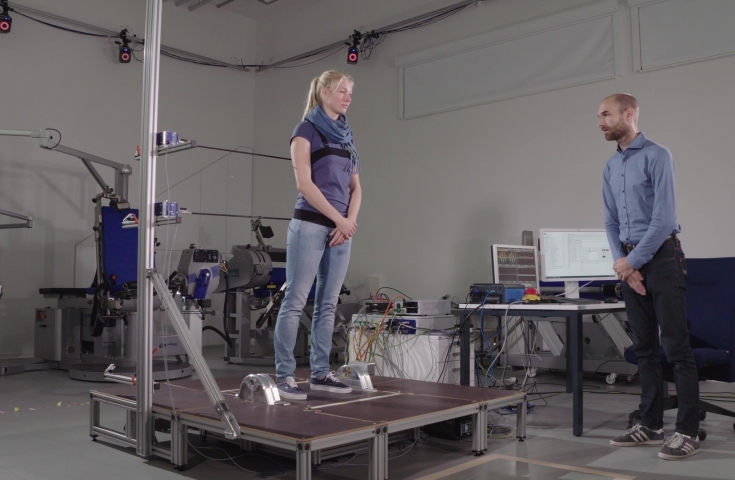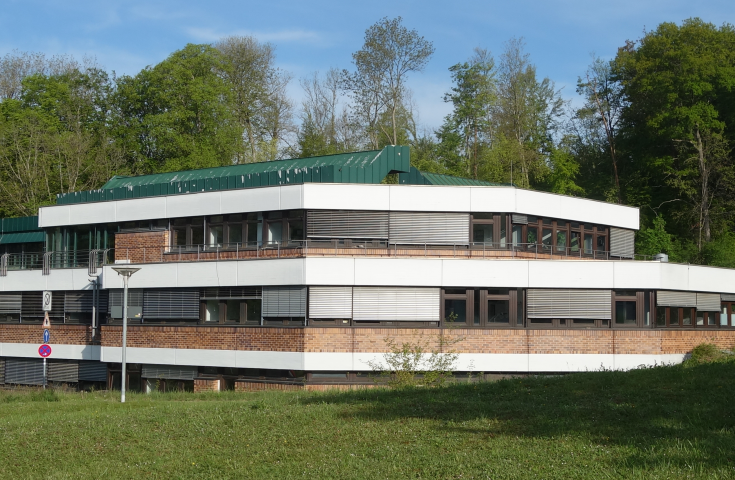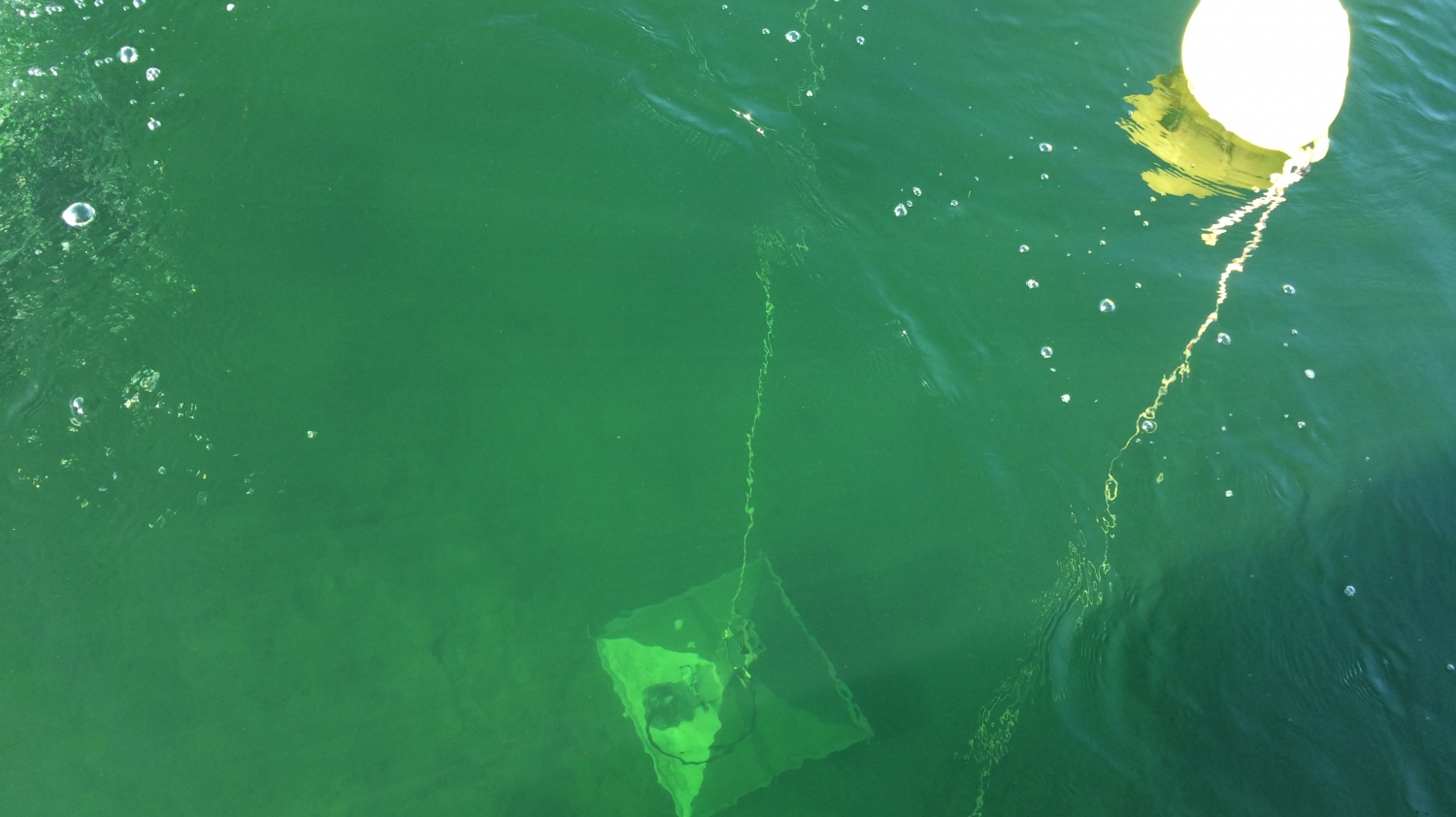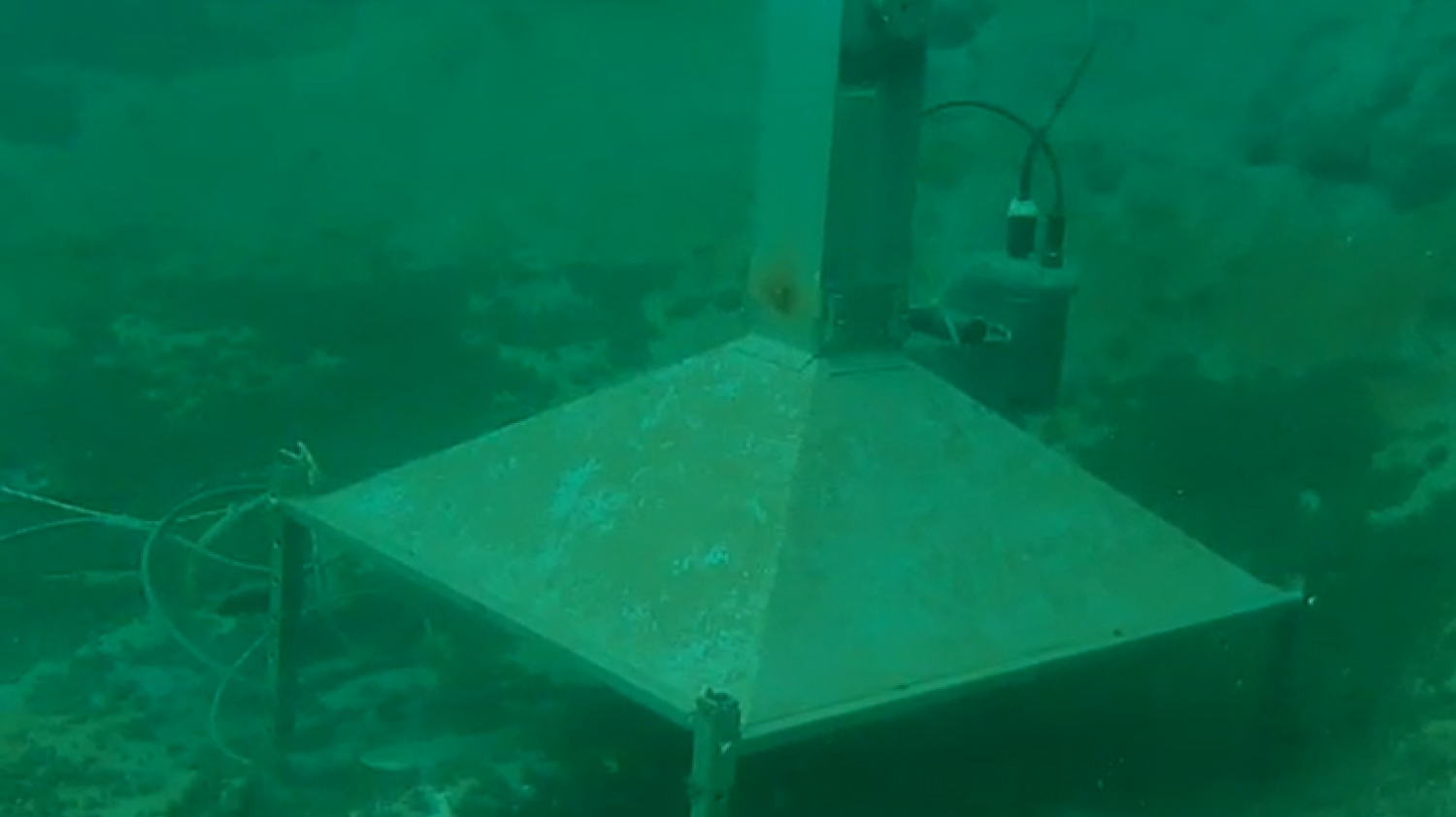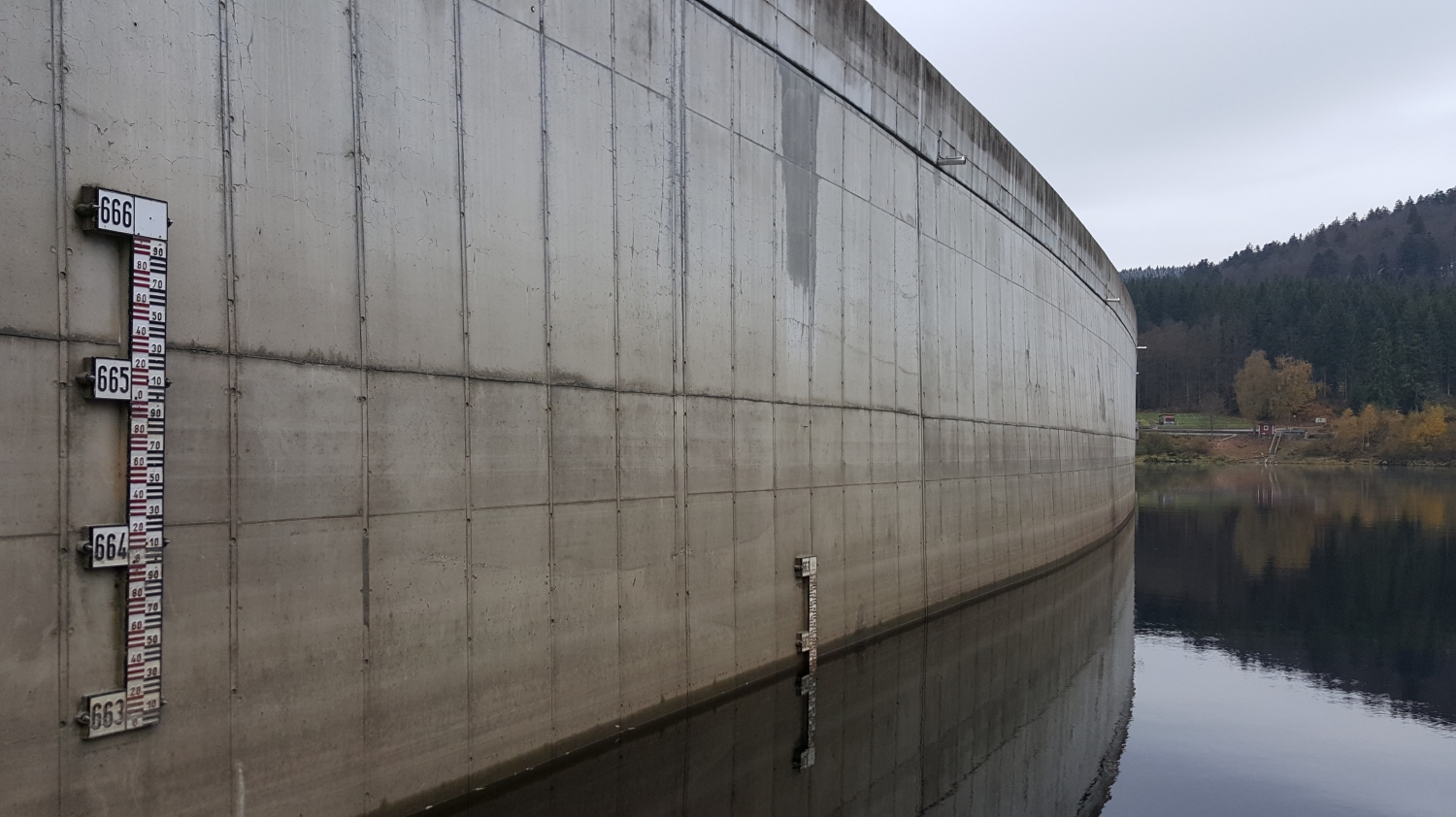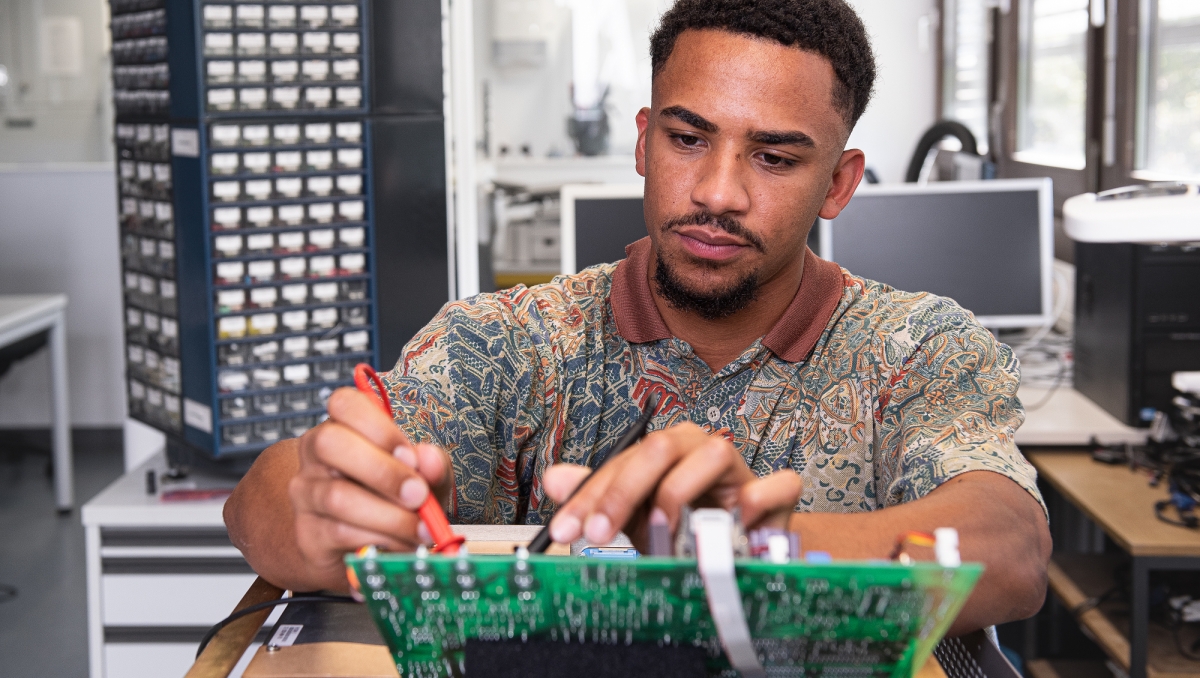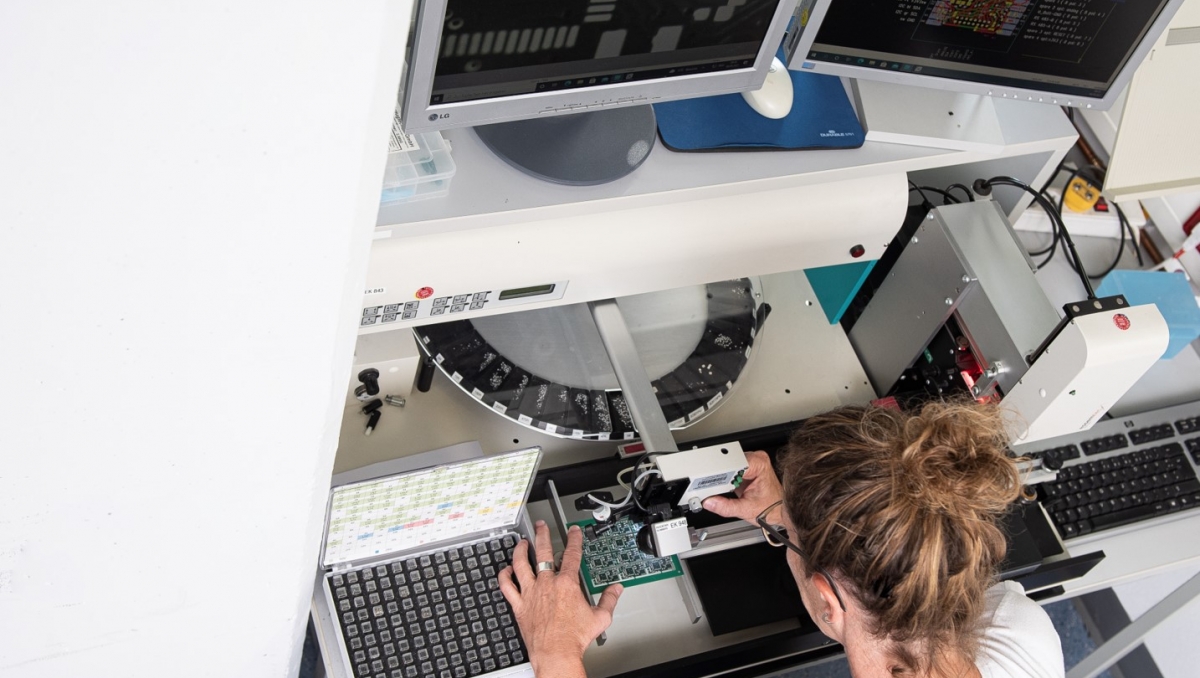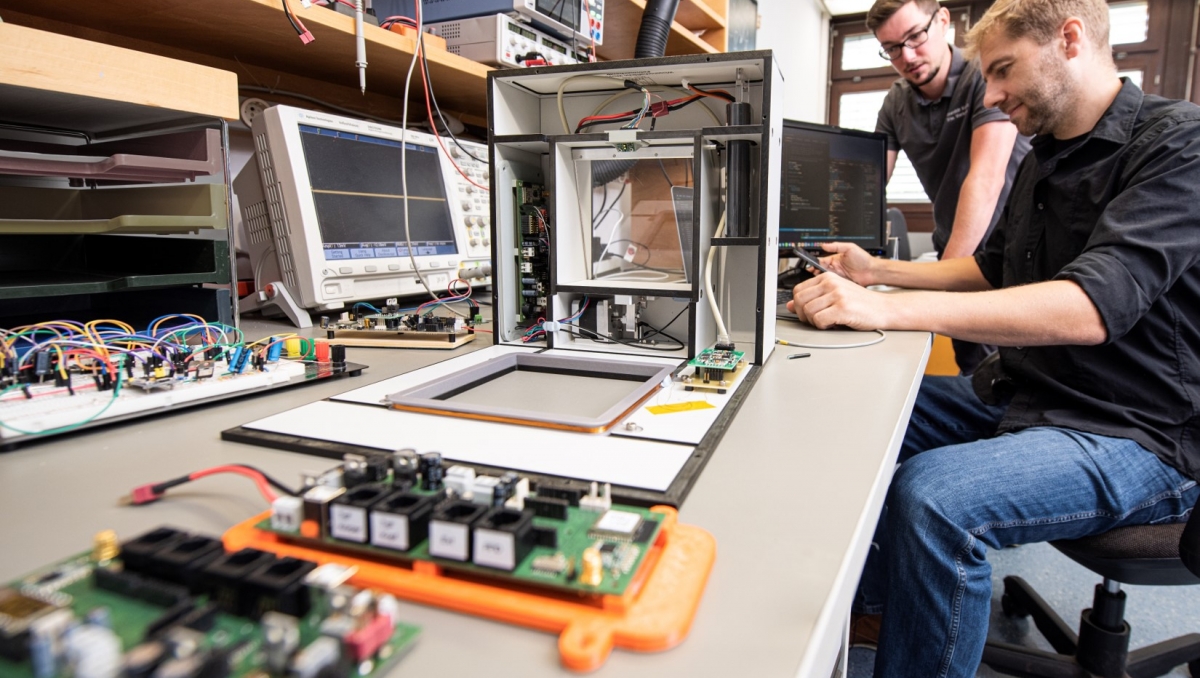Greenhouse gas monitoring: delivered from Lake Constance straight to the office – an example from the field of limnology
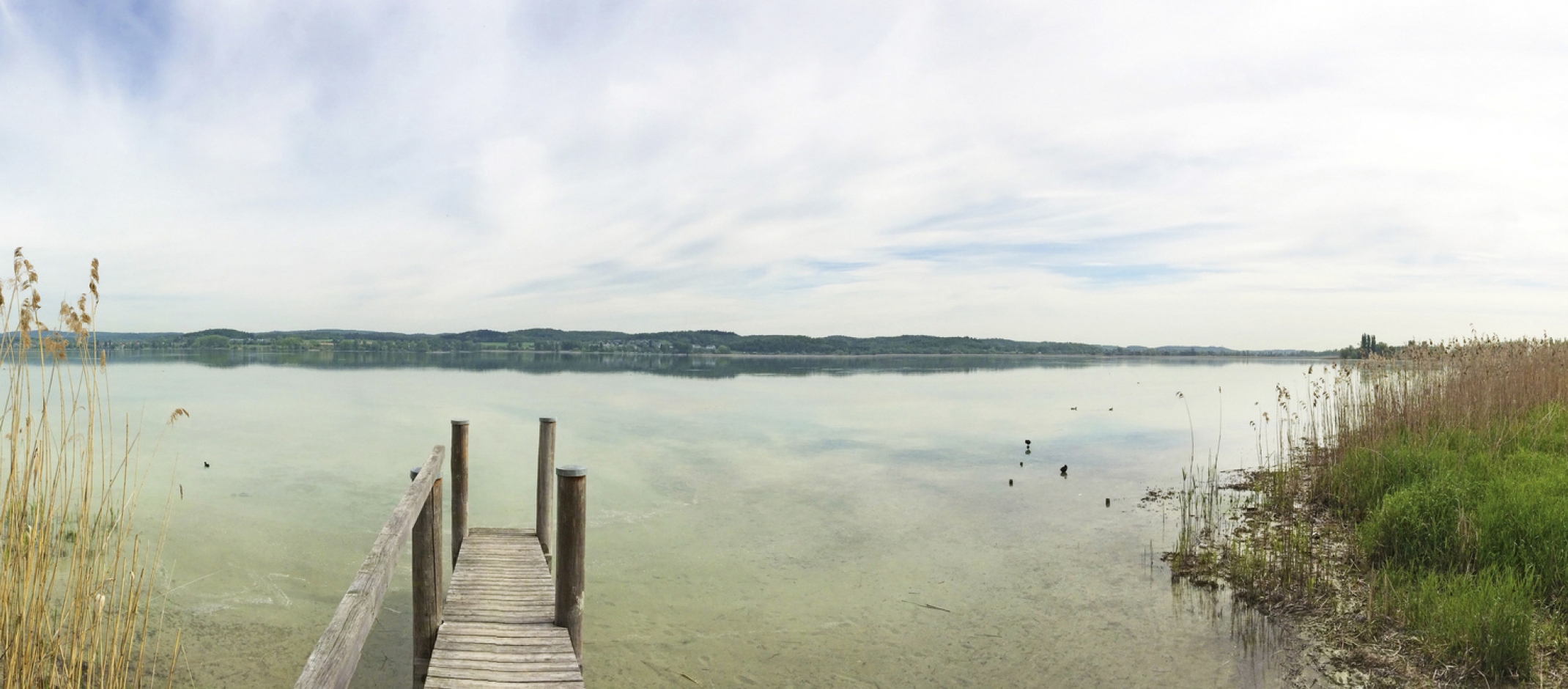
The decomposition of organic materials in bodies of water produces methane, a potent greenhouse gas. It has a stronger and faster negative impact on the climate than carbon dioxide. If the gas forms under high pressure and at low temperatures, for example at the bottom of the ocean, sometimes enormous "fields" of methane hydrate can form, which are also known as methane ice. Such fields awaken the fantasy of energy companies and novelists alike. The companies see mining the methane hydrate fields as a solution to future energy problems, while authors like Frank Schätzing think it could kick-start catastrophic scenarios, as described in his eco-thriller "The Swarm".
If the gas is produced closer to the surface of the water and under less pressure, as for example in coastal waters or lakes, it is not stored in the form of methane ice. Instead, the methane rises directly to the surface of the water and into the atmosphere where its climate-damaging impact is felt.
© Hilmar HofmannThe Limnological Institute at the University of Konstanz uses measuring instruments that were developed and built by Scientific Engineering Services to study the methane gas released in Lake Constance. The photo shows one of these measuring stations at the bottom of Lake Constance in the area of the Rhine near Altenrhein. The reflection on the water's surface shows bubbles of methane that just missed the collection funnel of the measuring station.
Methane gas is also produced in Lake Constance, as can be observed in many places where gas bubbles permanently rise to the water's surface – for example in the area of the Rhine near Altenrhein. The amount and timing of when gas is released in the form of bubbles is part of a long-term study involving researchers from the University of Konstanz's Limnological Institute. The measuring instruments were built by the university's Scientific Engineering Services, and they continue to be developed further by its development engineers, electronics technicians and mechanics.
Methane gas is also produced in Lake Constance, as can be observed in many places where gas bubbles permanently rise to the water's surface – for example in the area of the Rhine near Altenrhein. The amount and timing of when gas is released in the form of bubbles is part of a long-term study involving researchers from the University of Konstanz's Limnological Institute. The measuring instruments were built by the university's Scientific Engineering Services, and they continue to be developed further by its development engineers, electronics technicians and mechanics.
© Ramona RaggThe underwater portion of one of the measuring stations consisting of a collection funnel and collection tube with integrated sensors at the bottom of Lake Constance.
The basic principle of the measuring devices is easy to explain: Large funnels collect the methane gas bubbles under water, which then accumulate in a collection tube. The more gas in the tube, the greater the pressure. A differential pressure sensor measures the pressure caused by the methane gas and compares it with a reference pressure. "The measurement taken by the sensor gives us an impression of how full the collection tube is. Once it is filled completely, we release the gas from the tube, which makes the counter go up by one unit, and the tube can be filled all over again", explains development engineer Thomas Schuchhardt. "The advantage of this method is that measurements can be taken independently of the external water pressure. This means that we can use the same principle to take measurements in different water depths", he continues.
https://www.youtube.com/watch?v=rzSMy-ShmiwUnderwater video of the measuring instrument: The beginning of the video shows methane bubbles rising from the bottom of the lake and being collected by the funnel. Then it shows the attached collection tube and the methane gas collected in it. © Ramona Ragg
But how do the researchers get these measurements from the lake? This is where the electronics team comes into play once more: The measurement data are first amplified and then transmitted via a cable to the surface of the water. There, the power supply for the measuring station, a device for recording the data and a radio transmitter are installed in a buoy. "The radio transmitter regularly transmits the data to receiving stations in the region, one of which is located on the roof of the university and another in the Limnological Institute", explains Harald Kautz.
The transmitted data include the amount of methane gas as well as important information for operating the measuring stations, like their respective battery levels. This makes it easier to maintain and service the stations. Harald Kautz says: "The researchers receive all the important data at their desks in almost real time, which saves them unnecessary, time-consuming trips to the lake". This means that the measuring stations can operate autonomously and maintenance-free for many weeks and – if maintained as needed – can continue to provide important research data for several years.
© Jorge Encinas-FernandezThe methane measuring stations have not only been used in Lake Constance, but also, for example, in the Schwarzenbach dam in the Black Forest. When water is released from its reservoir, it powers turbines that produce electricity. This, in turn, reduces the pressure on the sediment at the bottom of the lake and the quantity of methane gas bubbles released increases. In a long-term study taking measurements in the dam, the team of researchers led by Frank Peeters was able to show that less methane gas is released when dam operators alternated between a half day of using the turbines to generate hydropower and a half day of filling the reservoir, than when the operators used intervals lasting several days for each activity. As a result, the team was able to recommend a more environmentally-friendly way of operating the hydropower dam.
There are one-of-a-kind synergies for the university's Limnological Institute because of its location on the shore of Lake Constance and its access to the Scientific Engineering Services. "We are so lucky to have the Scientific Engineering Services with its experts. Not only do we have Lake Constance at our doorstep, but we can also have measuring equipment made quickly and easily by the team at Scientific Engineering Services that fits our needs exactly and that you can't buy anywhere", explains Frank Peeters. Peeters is a professor at the Limnological Institute whose research team "environmental physics" studies, among other things, the importance of physical processes for aquatic ecosystems as well as greenhouse gases in lakes. He adds: "It would be impossible to do similar projects with external service providers. The devices are constantly being adapted in close collaboration between us researchers and the Scientific Engineering Services team. It would be nearly impossible and simply unaffordable to attain this level of coordination and flexibility anywhere else".
In fact, Scientific Engineering Services is often asked to make continual adjustments and to further develop devices in consultation with the researchers involved. "Our methane measuring stations were originally used near the shore, only a few metres underwater. Later, we needed to use them at depths of 70 meters and more. Since different materials are used in the measuring stations, the temperature and pressure of the water can make a big difference in the stability of the construction, since mechanical stress is likely to occur where different materials connect", explains Ingmar Jäger from the mechanics team, who is involved in the project. "We had to learn some things the hard way before the measuring stations were finally watertight also at these depths", he adds with a smile.
For developing prototypes and producing small numbers of electronic devices, the electronics team can make customized circuit boards. With the help of a semi-automatic placement system, Sandra Büglmeier installs components that are smaller than one cubic millimetre in size. Computer monitors shown at the top of the picture help her complete a visual control.Development engineer Marcel Indlekofer (left) and precision mechanic Florian Richter (right) discuss the prototype of an "intelligent" hatch for controlling access to feed boxes for field experiments. Sensors help the battery-powered apparatus to recognize and identify individual animals. The hatch is controlled and the test data are transmitted via WLAN and long-distance radio.
Currently, the development engineers in Scientific Engineering Services are working on a further generalization of the measuring stations. The goal is to make the system for transmitting the data via radio transmission as well as the power supply compatible with different types of sensors. "At the moment, we use differential pressure sensors to measure methane gas quantities. In the next stage of development, the transmitter system will also allow other sensors and automatically recognize the kind of data being collected and processed", Harald Kautz projects. The measuring stations will then be able to transmit the methane gas quantities, as well as other environmental data such as pH values, temperature and oxygen saturation of the lake water, directly to the researchers.
The 16 staff and 6 apprentices/trainees in the electronics team of Scientific Engineering Services provide other services besides planning, developing and building electronic devices that are not available elsewhere as well as circuit boards and the necessary software. These include repairing and providing support for electronic devices and equipment – like analysis equipment, PCs and electronic laboratory equipment – as well as distributing electronic materials, giving expert advice, finding components and providing support for laboratory experiments.
Dr. Daniel Schmidtke
Verwandte Artikel:
